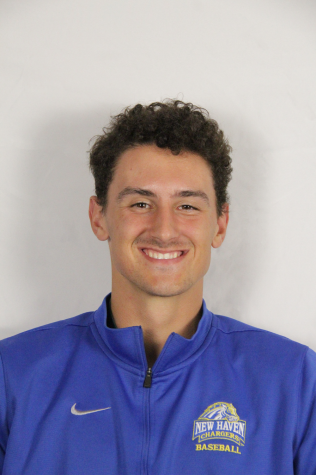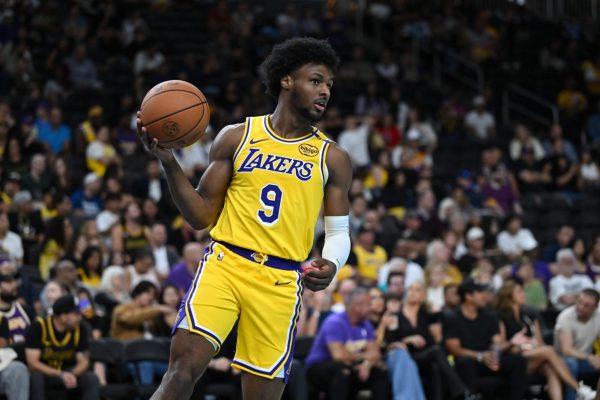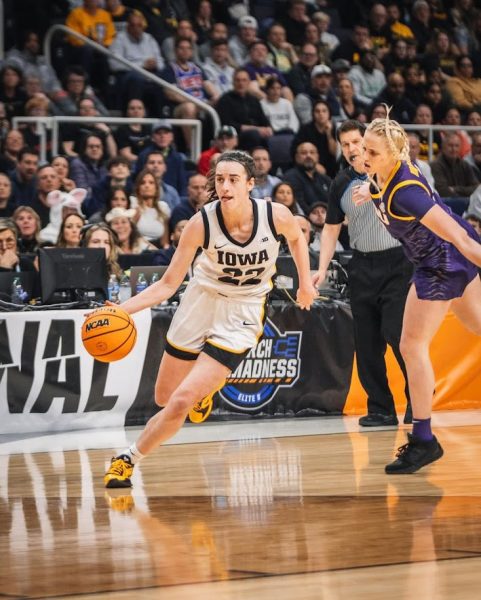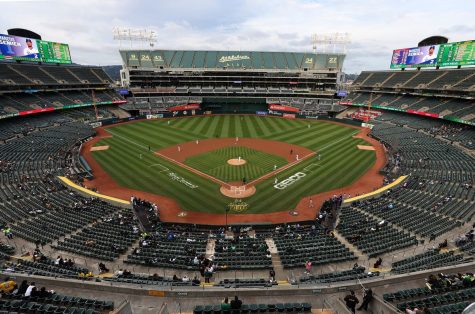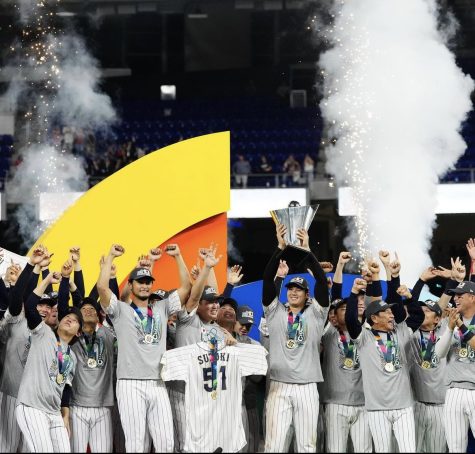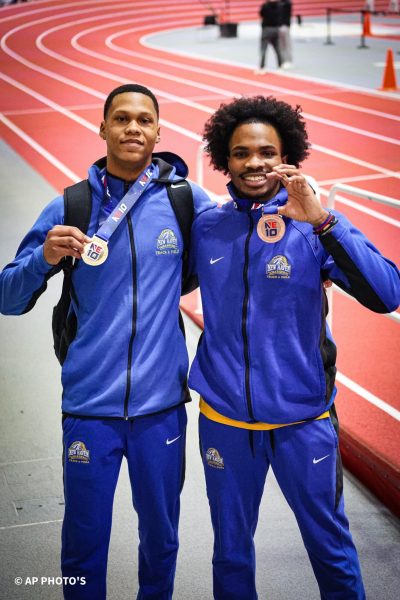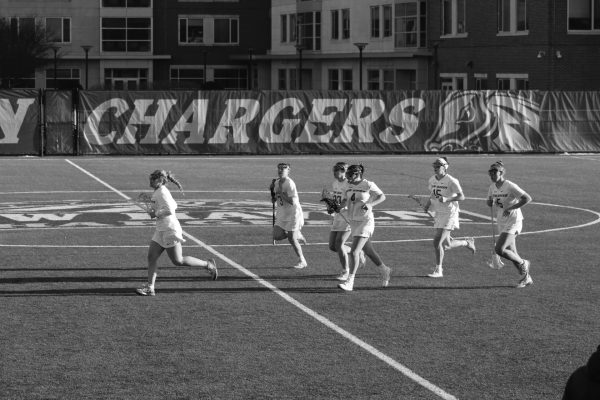Professional sports venues convert to voting centers
To accommodate the Nov. 3 election, professional sports teams are opening the doors to their stadiums and arenas to serve as new voting centers. Teams hope to give citizens in highly populated areas more opportunities to cast their vote, an issue that many urban areas face on election day.
Earlier in the NBA’s bubble season, access to voting stations became an important issue as teams protested the officer-involved shooting of Jacob Blake. Part of the league’s discussion with the players included turning their arenas, which will be mostly vacant in the weeks leading up to and including election day, into voting centers. This has become a reality.
The Election SuperCenters Project is an initiative to get professional sports teams to open their arena’s doors. It represents a collection of nonpartisan experts who have worked together to convert these venues into large spaces that allow for voters to have better safety and social distancing, as well as shorter lines and wait times.
Beyond these experts, many athletes and coaches have gotten involved with the efforts. Doc Rivers, current head coach of the Philadelphia 76ers, has become one of the primary figures speaking for citizens to vote and for these new voting centers to be put up.
“Voting is so important for all of us,” Rivers said, now a contributor with the Election SuperCenters Project.
Basketball superstar LeBron James has also advocated for the importance of voting and greater access to polling stations. He founded the nonprofit, More Than a Vote, and advocated some of the teams around the NBA to convert their arenas to polling stations. The Atlanta Hawks were the first to make this change, with their arena becoming “Georgia’s largest-ever voting precinct,” as the team announced on their Twitter page on June 29.
Many other teams followed their lead. Dozens of franchises across the NBA, WNBA, NFL, MLB, MLS and NHL have become their areas’ largest polling sites, with many being available to early voters.
Lack of voting precincts is a major issue during every election. A report from the New York University School of Law found that in the past election, voting centers in an Arizona county closed two hours late on average. Along with this, Latino voters “faced disproportionately long waiting times.” Though the efforts may not get rid of the problem, it could help with it.
If record early-voting numbers are any indication of what is coming with voter turnout for this election, voting centers could prove to be helpful in making sure every voter’s voice in these areas is heard.



